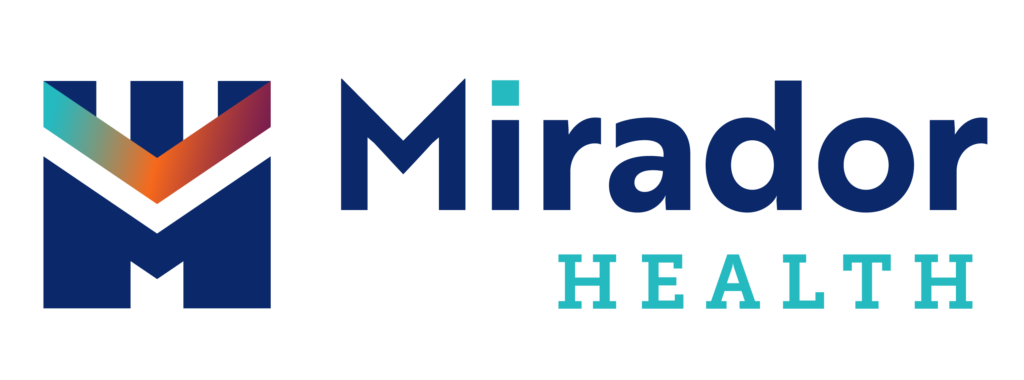According to the CDC, “On any given day, about one in 31 hospital patients has at least one healthcare-associated infection.” The 2015 HAI Hospital Prevalence survey found that there were an estimated 687,000 HAIs (hospital acquired infections) in acute care hospitals in the U.S. that year, and that nearly 72,000 patients with an HAI died during their hospitalization.
Great efforts have been made to address HAIs over recent years and progress was being made. Then came COVID-19. A study published last fall in Infection Control & Hospital Epidemiology found that HAIs have actually increased since the start of the pandemic.
There are multiple issues at hand, driven primarily by the pandemic. One of those issues, according to The Leapfrog Group, is that resistant bacteria and fungus are on the rise and “hospitals are overrun.” Another issue, which compounds the first, is non-compliance with proper hand-hygiene procedures. Non-compliance can be attributed at least in part by staffing shortages at a time when patient volumes are high. Clinicians have less time to see more patients, which can cause them to forgo appropriate infection control protocols.
You would be hard-pressed to find a clinician who doesn’t know the importance of hand hygiene. Yet, studies show that hand-hygiene compliance rates increase when clinicians know they’re being monitored.
Hand hygiene standards set by The Leapfrog Group require hospitals and ASCs to collect compliance data on “at least 200 hand hygiene opportunities” per month for each ASC or patient care unit. The criteria includes “using an electronic compliance monitoring system and/or direct observation methods” to collect and track compliance data.
Since most hospitals have limited resources with which to manually observe and track compliance — especially now — hospitals and ASCs should consider going the technology route. The good news is that solutions are readily available that can be quickly implemented without changes to existing technology infrastructure or large investments in IT resources.
Mirador pairs logistical intelligence and Bluetooth technology to connect hand sanitization liquid dispensers to clinician ID badges. The system enables compliance staff to monitor and track hand sanitization data by individual, department, or at the enterprise level. Real-time reporting enables fast, proactive intervention when problematic patterns are identified. In this way, Mirador also supports and helps organizations better measure process improvement initiatives.
Mirador systems also self-monitor, reporting the liquid, battery and operation levels of each Mirador Guardian TM dispenser. This reduces the need for already overworked housekeeping staff to manually check dispensers and helps reduce gaps in information.
Healthcare organizations that have implemented the Mirador system have experienced an estimated 20% reduction in HAIs. Because of its low cost of entry, the typical hospital or ASC can see a first-year ROI of 8 to 1.
The journey to post-pandemic financial recovery is likely to be a long one. Hospitals need to do everything they can to improve outcomes, lower costs, and enhance the patient experience along the way. Implementing a simple solution like Mirador is a great opportunity to do just that.
–
1 cdc.gov.
2 cdc.gov.
3 Becker’s Hospital Review, September 2021.
4 Infection Control & Hospital Epidemiology, September 2021.
5 Becker’s Hospital Review, January 2022.
6 Becker’s Hospital Review, October 2021.
7 ABC News, June 2016.
8 Leapfrog Group, April 2020.


